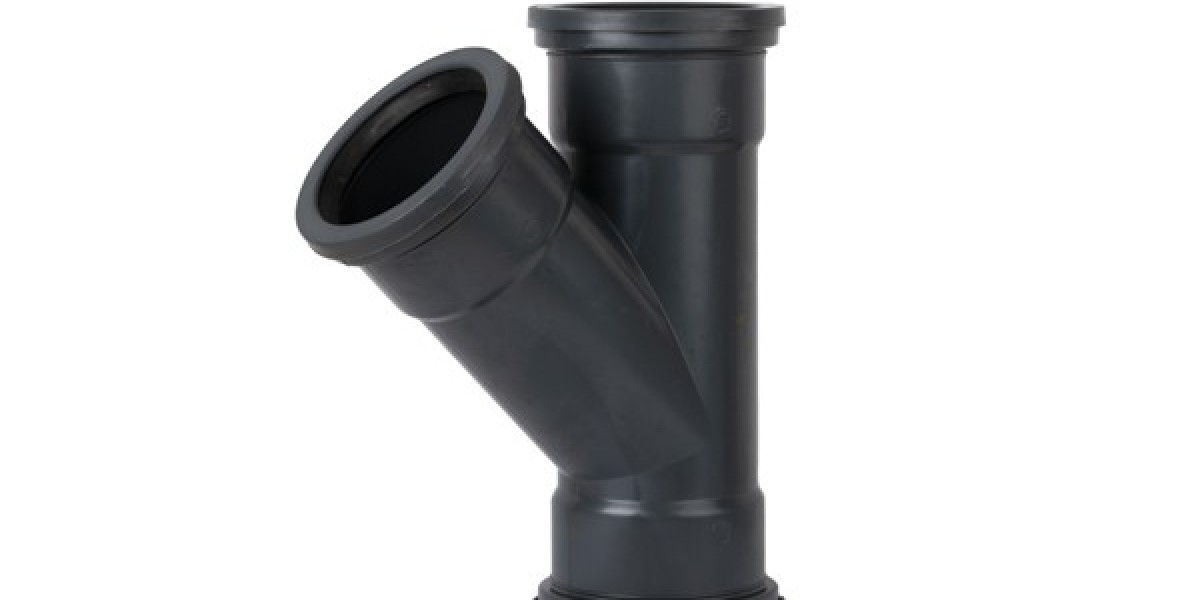Casing pipes (also known as PVC pipes and fittings) and High-Density Polyethylene or HDPE pipes differ in terms of material, applications, properties, and installation processes. Here is a breakdown of the key differences:
- Material:
- Casing Pipes: These are typically made from steel, PVC, or concrete, depending on the application. They are used to protect other pipes or cables, especially in drilling or underground installations.
- HDPE Pipes: Made from high-density polyethylene, a type of thermoplastic, HDPE pipes are flexible, lightweight, and resistant to corrosion.
- Applications:
- Casing Pipes: Commonly used in oil and gas wells, water wells, or to encase utility cables, hoses and pipes, or conduit pipes. The primary function is protection.
- HDPE Pipes: Used for transporting water, gas, sewage, chemicals, and other fluids. They are widely used in agriculture, industrial systems, and municipal water supply.
- Durability & Resistance:
- Casing Pipes: The durability depends on the material (e.g., steel casing pipes are strong and resistant to external pressure). However, they may be prone to corrosion if made from metal.
- HDPE Pipes: Highly durable and resistant to corrosion, chemical exposure, and impact. They can also withstand high pressures and extreme temperatures.
- Flexibility:
- Casing Pipes: Generally rigid, especially those made from steel or PVC, and are designed to stay in place once installed.
- HDPE Pipes: More flexible, which allows them to be bent and installed over long distances with fewer joints. This flexibility also makes them resistant to ground movement and vibrations.
- Installation:
- Casing Pipes: Installed in boreholes or trenches to protect inner pipes or cables. Requires more effort, especially with rigid materials like steel.
- HDPE Pipes: Easier to install because of their flexibility and lightweight nature. They can be welded together using heat fusion, creating a seamless, leak-proof system.
- Cost:
- Casing Pipes: Depending on the material, casing pipes, especially steel, can be more expensive to produce and install.
- HDPE Pipes: Typically, more cost-effective due to their lightweight nature, easier transportation, and simpler installation process.
- Lifespan:
- Casing Pipes: Metal casings may have a shorter lifespan due to corrosion, while PVC can last longer.
- HDPE Pipes: Known for their long lifespan, often exceeding 50 years, because they are highly resistant to environmental degradation.
- Pressure Handling:
- Casing Pipes: Designed to withstand external pressures (especially in drilling applications) but may not be suited for transporting fluids under high internal pressure.
- HDPE Pipes: Engineered to handle both high internal and external pressures, making them suitable for fluid transportation over long distances.
Casing pipes are primarily used for protective purposes, while HDPE pipes are designed for fluid transportation with excellent flexibility, corrosion resistance, and ease of installation.








